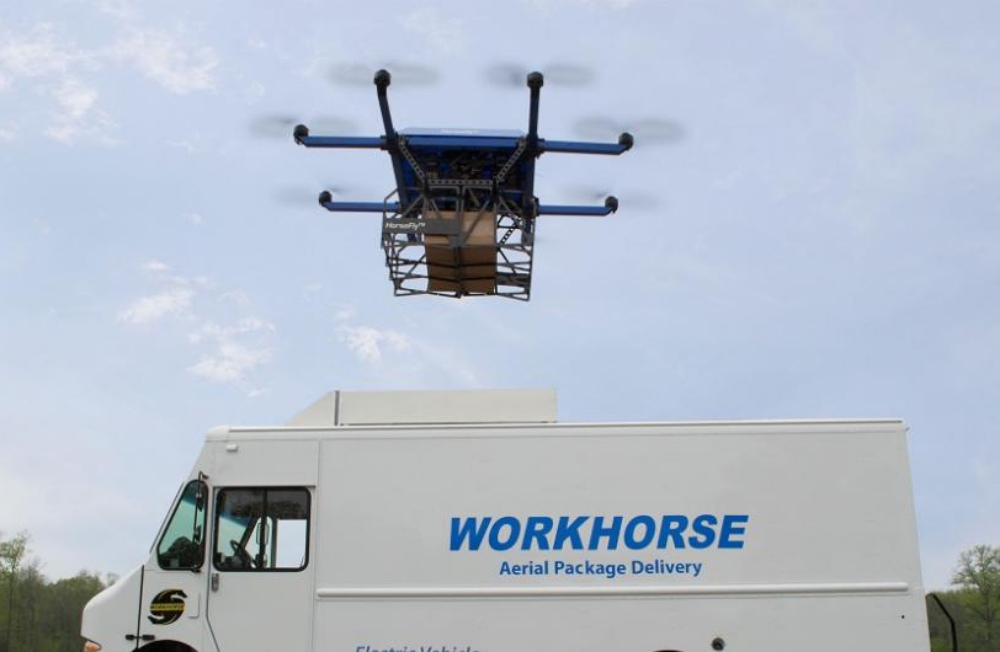is making a line of drones designed for parcel delivery, and at least some of those machines are facing difficulties, according to a customer letter reviewed by Barron’s.
A logistics firm that bought and tested an early version of Workhorse’s drone, called HorseFly, says the product suffers from critical quality issues, including poor navigation software and substandard construction. The logistics company Unmanned Systems Operations Group, or USOG, said in its letter that it was unable to fly the drones as a result.
While HorseFly is in early development, USOG’s complaints offer a rare window into the complicated process of building a new category of flying vehicles.
In its letter, the private San Diego firm identified what it sees as roughly 25 issues with the HorseFly drone, including taped and glued-on components and corroding materials. The company said a communications antenna had come detached from the unmanned aerial vehicles, according to the June letter to Workhorse.
“HorseFly has a solid foundation to become a viable UAS commercial platform,” the letter reads. “Unfortunately, at this time with reliability and safety as our primary concern, USOG has grounded and suspended the use of the Workhorse UAS System.”
USOG wrote that beyond the mechanical failures and components that were missing, the Workhorse-built navigation and flight plan software called Ares was unable to keep a drone on a flight plan and return route. USOG also said that the navigational compasses on the vehicles weren’t aligned correctly, resulting in unsafe, erratic flights.
John Graber, manager of Workhorse’s Workspace Aerospace Group, declined to comment on the contents of the letter, citing the private nature of customer communications. He pointed to an April DroneUp event in Virginia where HorseFly flew successfully.
“We operate in front of lots of people all the time,” Graber said.
Workhorse CFO Steve Schrader said the company is proud of the drones, but to make better machines, the company will likely make mistakes along the way.
“We’ll probably crash it. That’s how you learn and make a better drone,” he said.
Unmanned Systems co-founder Jeff Simons told Barron’s in an interview that his company stands by its complaints about the drone systems. Simons characterized the issues as those of a frustrated customer voicing concerns privately to a supplier and that since his company is creating medical delivery systems, everything must function exactly as designed.
Because the drones are not yet certified by the Federal Aviation Administration, the HorseFly has a limited use case currently. They can only be used in situations where the operator can see the drone through the entire flight.
“Workhorse is doing a really hard task,” Simons said. “We do not want to get in the way of this, to tarnish what I consider a very bold and emerging technology—eventually they’re going to get that bird certified.”


Weren’t they trying to sell off the HorseFly division?